
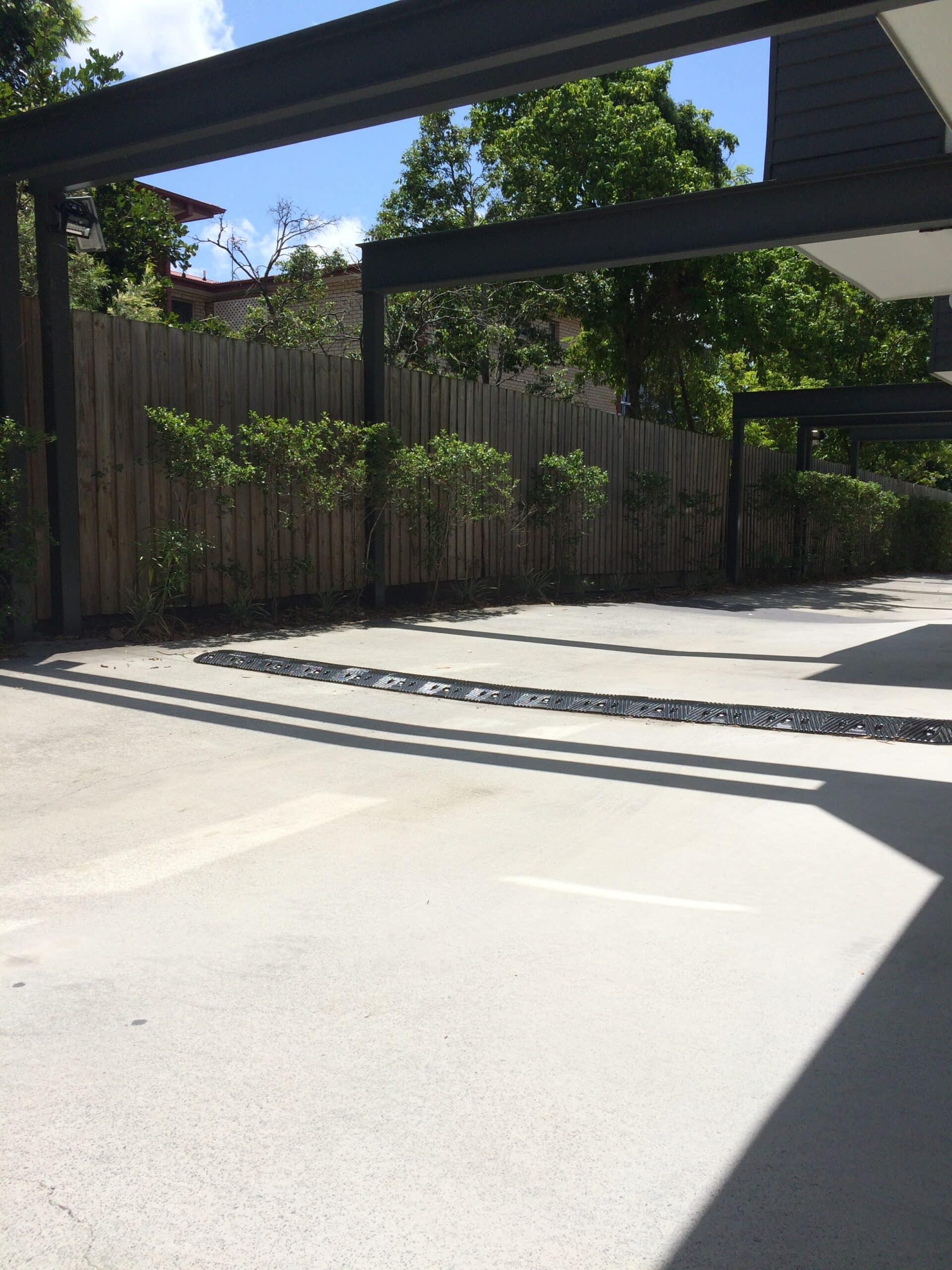
“How should I fit flat-top or round-top speed humps?” is a question that Speed Humps Australia’s technical team often receives from council officers, facility managers, and strata managers. What sort of traffic, what are the safety objectives, and how important is user satisfaction will all eventually drive the answer.
The following is a point-by-point contrast of these two profiles:
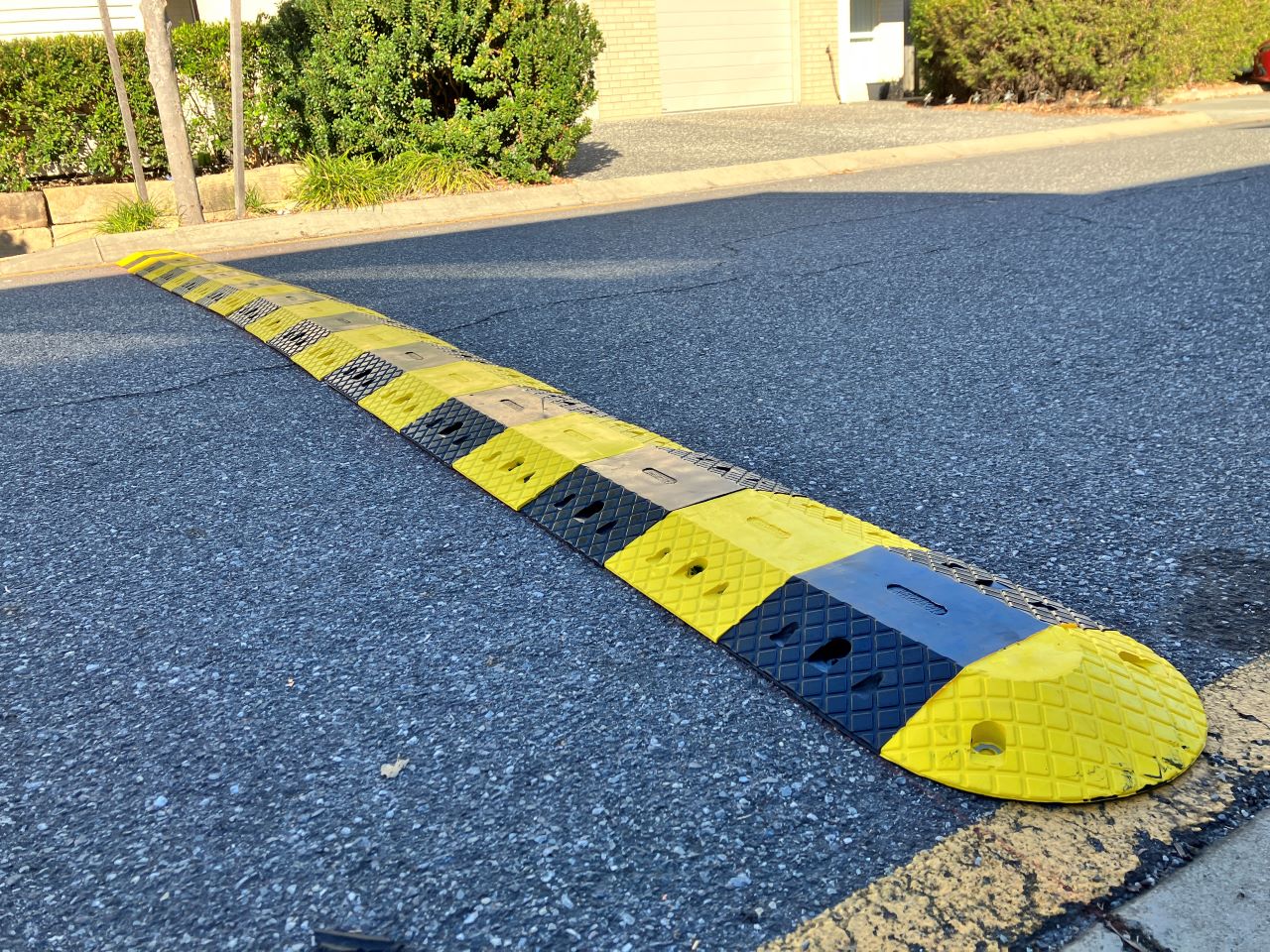 This type, or table-top or plateau hump, features an elevated middle with more inclining leading and trailing edges. Vehicles have to decelerate significantly before they are able to climb the high platform.
This type, or table-top or plateau hump, features an elevated middle with more inclining leading and trailing edges. Vehicles have to decelerate significantly before they are able to climb the high platform.
Advantages:
Drawbacks: Can be more aggressive towards regular customers, especially in busy car parks.
Traditional round-top humps, or “speed bumps” in some models, are brief, rounded piles that develop a more ramp-like rollover effect.
Benefit:
Limitations:
Suitable For: Apartment complexes with extended drives
| Feature | Flat-Top Hump | Round-Top Hump |
| Vehicle Comfort | Low – more abrupt approach | High – smooth, subtle deflection |
| Speed Control Target | 10–20 km/h | 15–25 km/h |
| Use in Shared Zones | Yes | Yes |
| Suitability for Car Parks | Effective but more aggressive | Excellent for daily-use environments |
| Emergency Vehicle Friendly | Conditional – requires careful placement | Yes |
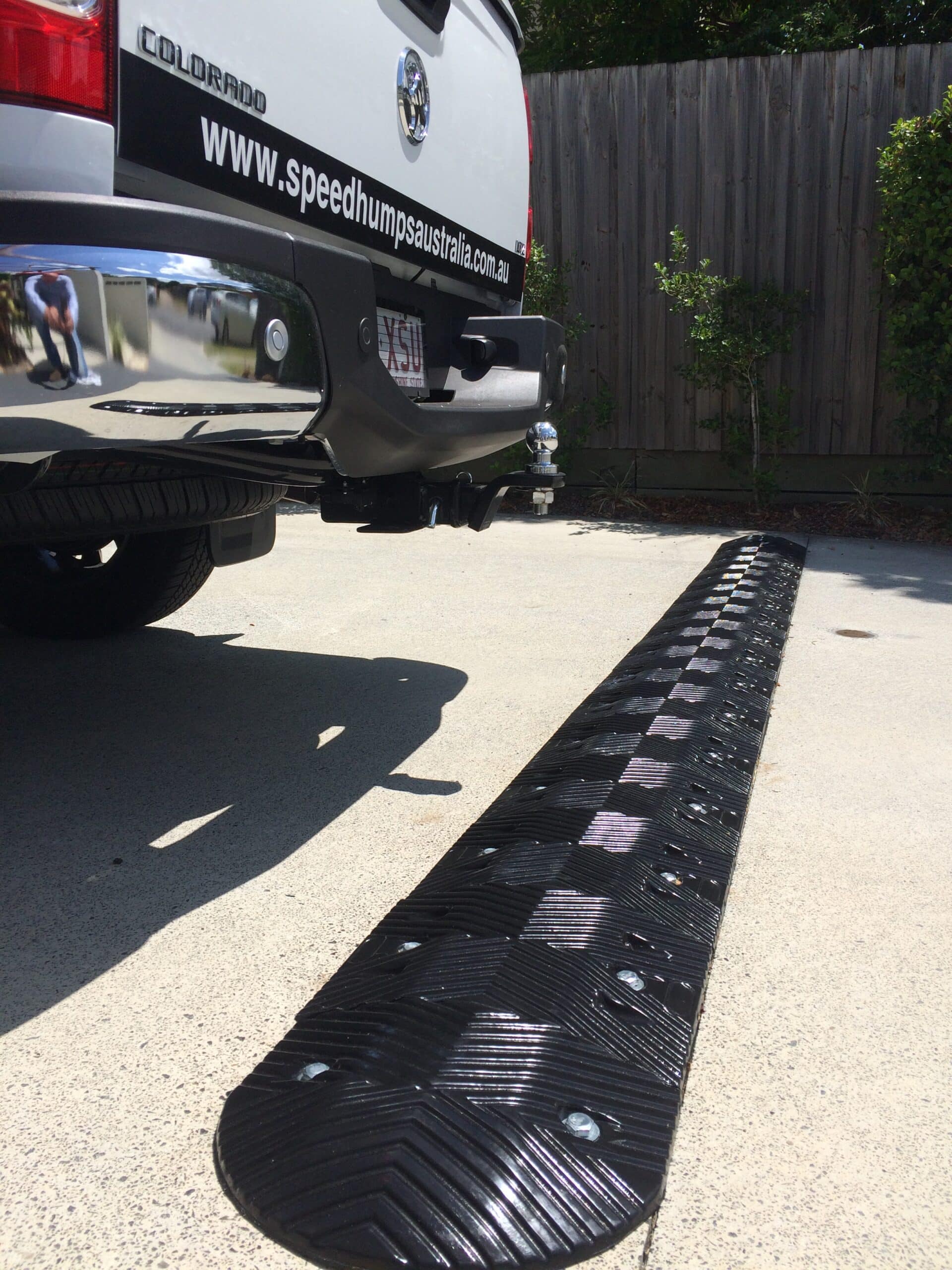
If you need strong speed enforcement near crossings or entry points, go with flat-top humps — they deliver results fast. If your priority is long-term resident comfort with daily crossings, round-top humps are more subtle but still effective.
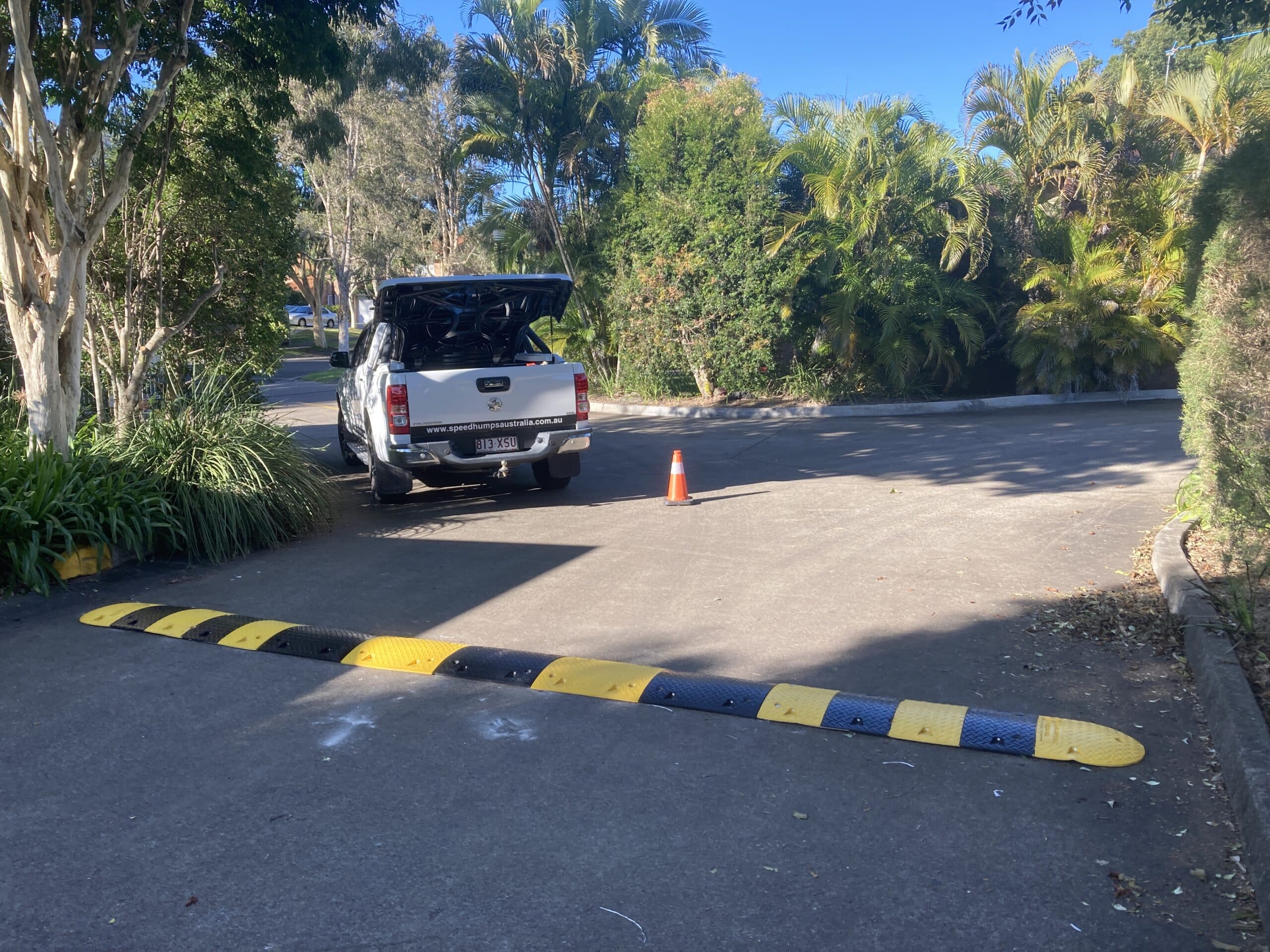
Need help choosing the right option?
Call Speed Humps Australia on 1300 138 568 or book a free site inspection at
www.speedhumpsaustralia.com.au/contact.

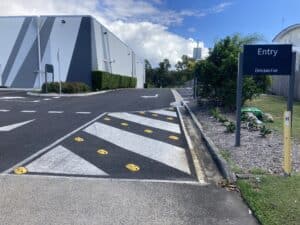

For 10 years, our focus has been on one thing: to provide one style of product and to do it well.
Our wheel stops, speed humps and rumble bars meet Australian Standards, don’t fade, and we’ve never needed to replace one.

For 10 years, our focus has been on one thing: to provide one style of product and to do it well.
Our wheel stops, speed humps and rumble bars meet Australian Standards, don’t fade, and we’ve never needed to replace one.